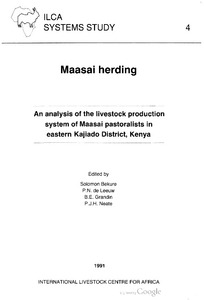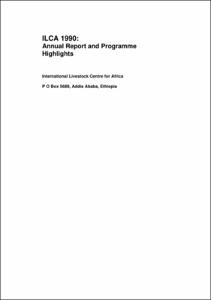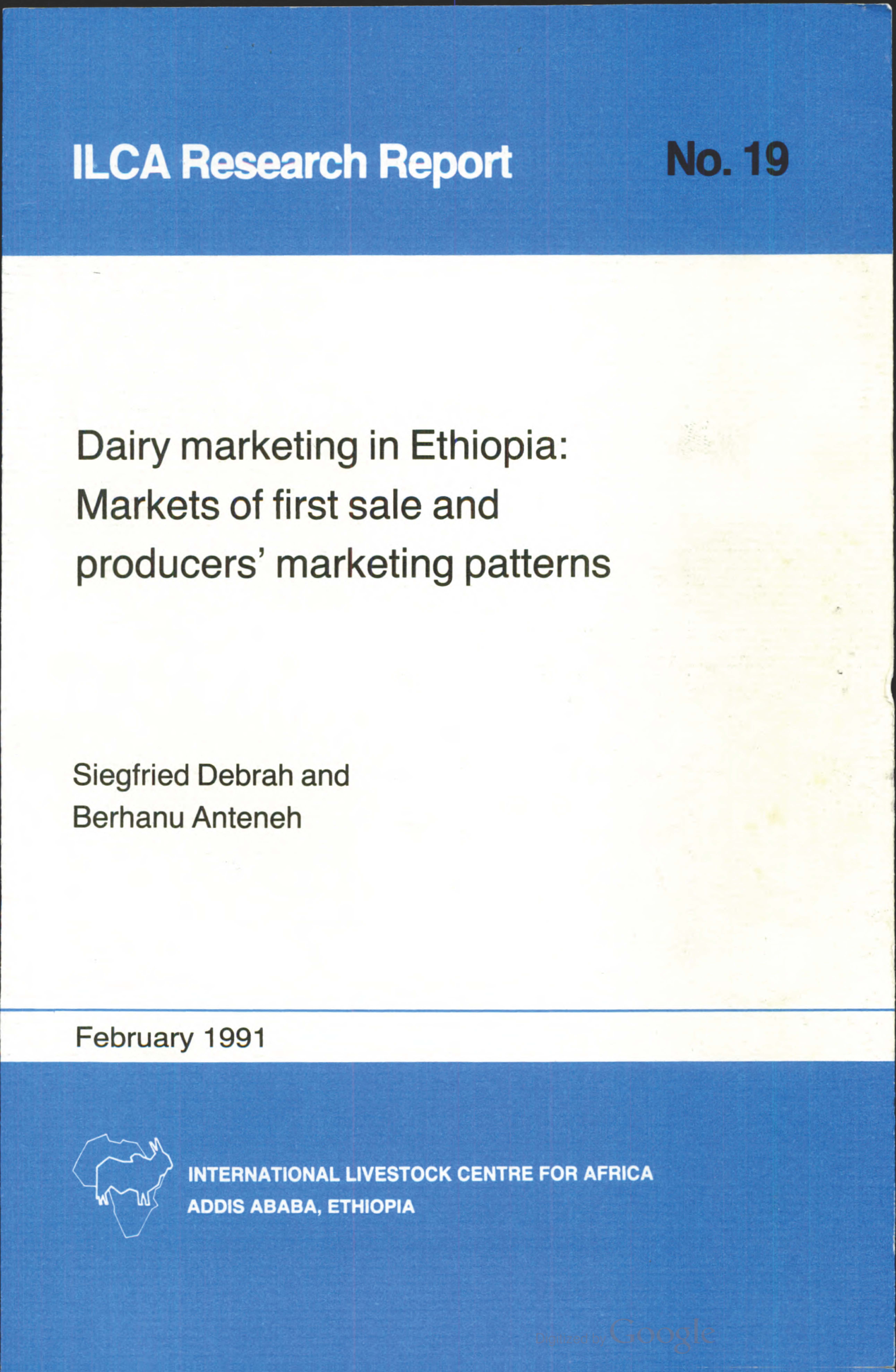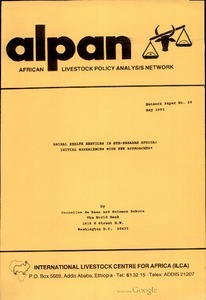Location
Vision, mission and strategy
ILRI's strategy 2013-2022 was approved in December 2012. It emerged from a wide processof consultation and engagement.
ILRI envisions... a world where all people have access to enough food and livelihood options to fulfil their potential.
ILRI’s mission is... to improve food and nutritional security and to reduce poverty in developing countries through research for efficient, safe and sustainable use of livestock—ensuring better lives through livestock.
ILRI’s three strategic objectives are:
- with partners, to develop, test, adapt and promote science-based practices that—being sustainable and scalable—achieve better lives through livestock.
- with partners,to provide compelling scientific evidence in ways that persuade decision-makers—from farms to boardrooms and parliaments—that smarter policies and bigger livestock investments can deliver significant socio-economic, health and environmental dividends to both poor nations and households.
- with partners,to increase capacity among ILRI’s key stakeholders to make better use of livestock science and investments for better lives through livestock.
This is ILRI’s second ten-year strategy. It incorporates a number of changes, many based on learning from the previous strategy (2000–2010, initially produced in 2000 and modified in 2002), an interim strategy (2011–2012) and an assessment of the external and internal environments in which the institute operates.
Members:
Resources
Displaying 1016 - 1020 of 1152Maasai herding: An analysis of the livestock production system of Maasai pastoralists in eastern Kajiado District, Kenya
The first chapter gives a brief description of a pastoral production system, as envisaged by the study team and outlines the multi-disciplinary approach of the study, its sampling design and the data collected. Chapters 2 & 3 describe Kenya's biophysical and socio-economic environments, within which the Maasai livestock production system operates. The biophysical environment of the study site is described in detail in Chapter 4. Chapter 5 describes the social organization of the Maasai and how it affects their use of livestock and grazing resources.
ILCA 1990: Annual report and programme highlights
Presents ILCA's achievements in 1990 in a popular, easily read style. The Cattle Milk and Meat Thrust highlight focusses on peri-urban dairying, and particularly the work of collaborative programme with KARI. The highlights of the Small Ruminant Meat and Milk Thrust are linked by their focus on interactions between animals and other components of the agricultural system. The Animal Traction Thrust highlights focus on two themes central to the Thrust's work: feeding and alternative sources of draft power.
Dairy marketing in Ethiopia: Markets of first sale and producers' marketing patterns
This study is part of a larger study on dairy marketing in Ethiopia, and concentrates on the producers'end of the marketing chain. Specifically, the markets of first sale used by dairy producers were identified and the marketing patterns of three categories of dairy producers (intra-urban, peri-urban and peasant) were investigated. The study was carried out on a sample of 173 dairy producers between February and July 1986, using structured questionnaires.
Animal health services in sub-Saharan Africa: Initial experience with new approaches
Outlines the types of reforms introduced in animal health services over the past decade, summarises past experiences, provides a preliminary assessment of their impact, and indicates what lessons need to be taken into account in future policy adjustments and project investments. The discussion concentrates on World Bank- supported accessibility of the data to the authors.
A review of mixed farming systems in the semi-arid zone of sub-Saharan Africa
The paper is divided into four chapters. The frist chapter is the introduction. Chapter two discusses the conceptualisation of the farming system with reference to the livestock component and reviews some alternative typologies that have been employed or proposed. A typological framework that is consistent with ILCA's objectives is then outlined. Chapter 3 develops a regionalisation of the semi arid zones of sub-Saharan Africa in four orders of increasing scale. The first order sub-division is between "West and North" and "East and South" geographical regions.






